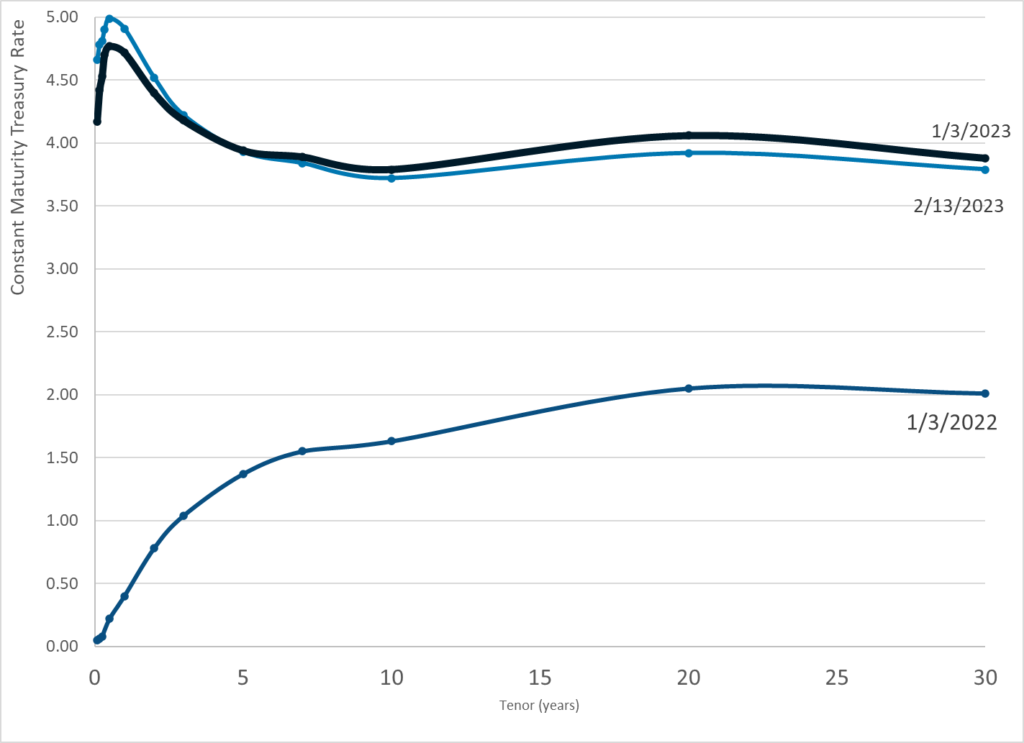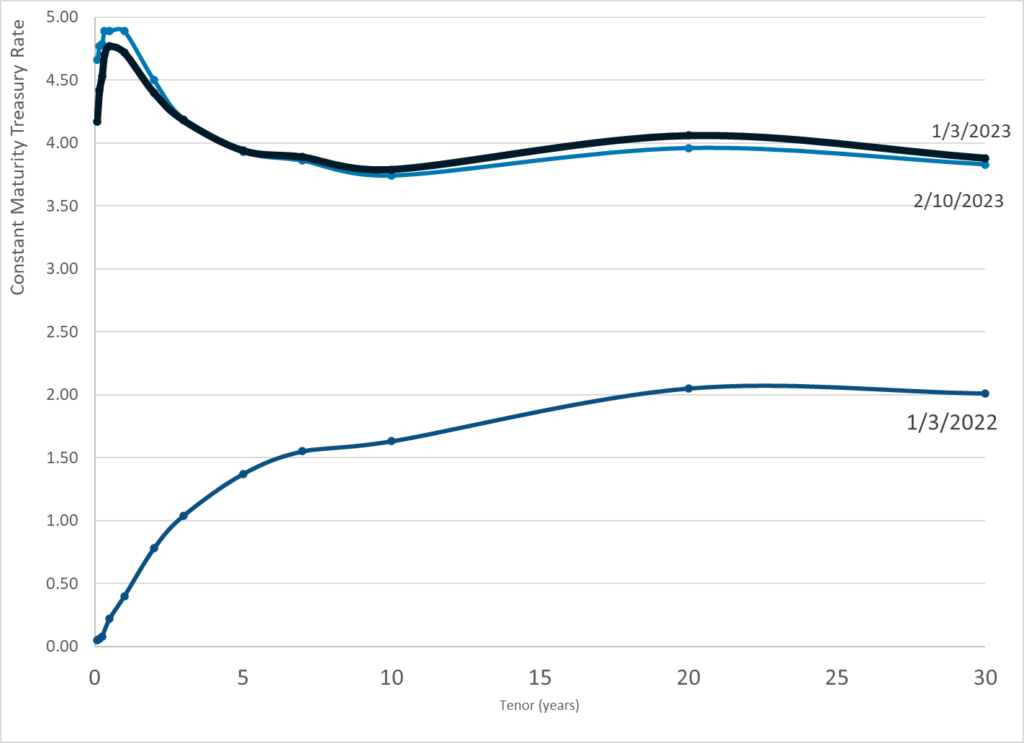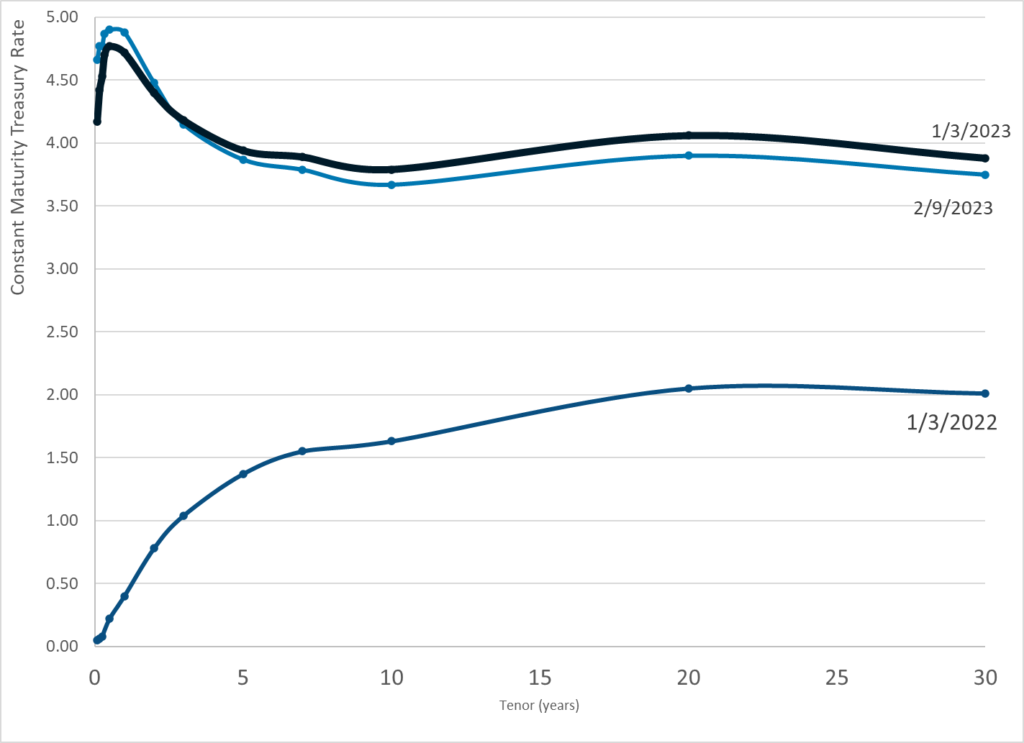Background
Viral epidemics or pandemics of acute respiratory infections (ARIs) pose a global threat. Examples are influenza (H1N1) caused by the H1N1pdm09 virus in 2009, severe acute respiratory syndrome (SARS) in 2003, and coronavirus disease 2019 (COVID‐19) caused by SARS‐CoV‐2 in 2019. Antiviral drugs and vaccines may be insufficient to prevent their spread. This is an update of a Cochrane Review last published in 2020. We include results from studies from the current COVID‐19 pandemic.
Objectives
To assess the effectiveness of physical interventions to interrupt or reduce the spread of acute respiratory viruses.
Search methods
We searched CENTRAL, PubMed, Embase, CINAHL, and two trials registers in October 2022, with backwards and forwards citation analysis on the new studies.
Selection criteria
We included randomised controlled trials (RCTs) and cluster‐RCTs investigating physical interventions (screening at entry ports, isolation, quarantine, physical distancing, personal protection, hand hygiene, face masks, glasses, and gargling) to prevent respiratory virus transmission.
Data collection and analysis
We used standard Cochrane methodological procedures.
Main results
We included 11 new RCTs and cluster‐RCTs (610,872 participants) in this update, bringing the total number of RCTs to 78. Six of the new trials were conducted during the COVID‐19 pandemic; two from Mexico, and one each from Denmark, Bangladesh, England, and Norway. We identified four ongoing studies, of which one is completed, but unreported, evaluating masks concurrent with the COVID‐19 pandemic.
Many studies were conducted during non‐epidemic influenza periods. Several were conducted during the 2009 H1N1 influenza pandemic, and others in epidemic influenza seasons up to 2016. Therefore, many studies were conducted in the context of lower respiratory viral circulation and transmission compared to COVID‐19. The included studies were conducted in heterogeneous settings, ranging from suburban schools to hospital wards in high‐income countries; crowded inner city settings in low‐income countries; and an immigrant neighbourhood in a high‐income country. Adherence with interventions was low in many studies.
The risk of bias for the RCTs and cluster‐RCTs was mostly high or unclear.
Medical/surgical masks compared to no masks
We included 12 trials (10 cluster‐RCTs) comparing medical/surgical masks versus no masks to prevent the spread of viral respiratory illness (two trials with healthcare workers and 10 in the community). Wearing masks in the community probably makes little or no difference to the outcome of influenza‐like illness (ILI)/COVID‐19 like illness compared to not wearing masks (risk ratio (RR) 0.95, 95% confidence interval (CI) 0.84 to 1.09; 9 trials, 276,917 participants; moderate‐certainty evidence. Wearing masks in the community probably makes little or no difference to the outcome of laboratory‐confirmed influenza/SARS‐CoV‐2 compared to not wearing masks (RR 1.01, 95% CI 0.72 to 1.42; 6 trials, 13,919 participants; moderate‐certainty evidence). Harms were rarely measured and poorly reported (very low‐certainty evidence).
N95/P2 respirators compared to medical/surgical masks
We pooled trials comparing N95/P2 respirators with medical/surgical masks (four in healthcare settings and one in a household setting). We are very uncertain on the effects of N95/P2 respirators compared with medical/surgical masks on the outcome of clinical respiratory illness (RR 0.70, 95% CI 0.45 to 1.10; 3 trials, 7779 participants; very low‐certainty evidence). N95/P2 respirators compared with medical/surgical masks may be effective for ILI (RR 0.82, 95% CI 0.66 to 1.03; 5 trials, 8407 participants; low‐certainty evidence). Evidence is limited by imprecision and heterogeneity for these subjective outcomes. The use of a N95/P2 respirators compared to medical/surgical masks probably makes little or no difference for the objective and more precise outcome of laboratory‐confirmed influenza infection (RR 1.10, 95% CI 0.90 to 1.34; 5 trials, 8407 participants; moderate‐certainty evidence). Restricting pooling to healthcare workers made no difference to the overall findings. Harms were poorly measured and reported, but discomfort wearing medical/surgical masks or N95/P2 respirators was mentioned in several studies (very low‐certainty evidence).
One previously reported ongoing RCT has now been published and observed that medical/surgical masks were non‐inferior to N95 respirators in a large study of 1009 healthcare workers in four countries providing direct care to COVID‐19 patients.
Hand hygiene compared to control
Nineteen trials compared hand hygiene interventions with controls with sufficient data to include in meta‐analyses. Settings included schools, childcare centres and homes. Comparing hand hygiene interventions with controls (i.e. no intervention), there was a 14% relative reduction in the number of people with ARIs in the hand hygiene group (RR 0.86, 95% CI 0.81 to 0.90; 9 trials, 52,105 participants; moderate‐certainty evidence), suggesting a probable benefit. In absolute terms this benefit would result in a reduction from 380 events per 1000 people to 327 per 1000 people (95% CI 308 to 342). When considering the more strictly defined outcomes of ILI and laboratory‐confirmed influenza, the estimates of effect for ILI (RR 0.94, 95% CI 0.81 to 1.09; 11 trials, 34,503 participants; low‐certainty evidence), and laboratory‐confirmed influenza (RR 0.91, 95% CI 0.63 to 1.30; 8 trials, 8332 participants; low‐certainty evidence), suggest the intervention made little or no difference. We pooled 19 trials (71, 210 participants) for the composite outcome of ARI or ILI or influenza, with each study only contributing once and the most comprehensive outcome reported. Pooled data showed that hand hygiene may be beneficial with an 11% relative reduction of respiratory illness (RR 0.89, 95% CI 0.83 to 0.94; low‐certainty evidence), but with high heterogeneity. In absolute terms this benefit would result in a reduction from 200 events per 1000 people to 178 per 1000 people (95% CI 166 to 188). Few trials measured and reported harms (very low‐certainty evidence).
We found no RCTs on gowns and gloves, face shields, or screening at entry ports.
Authors’ conclusions
The high risk of bias in the trials, variation in outcome measurement, and relatively low adherence with the interventions during the studies hampers drawing firm conclusions. There were additional RCTs during the pandemic related to physical interventions but a relative paucity given the importance of the question of masking and its relative effectiveness and the concomitant measures of mask adherence which would be highly relevant to the measurement of effectiveness, especially in the elderly and in young children.
There is uncertainty about the effects of face masks. The low to moderate certainty of evidence means our confidence in the effect estimate is limited, and that the true effect may be different from the observed estimate of the effect. The pooled results of RCTs did not show a clear reduction in respiratory viral infection with the use of medical/surgical masks. There were no clear differences between the use of medical/surgical masks compared with N95/P2 respirators in healthcare workers when used in routine care to reduce respiratory viral infection. Hand hygiene is likely to modestly reduce the burden of respiratory illness, and although this effect was also present when ILI and laboratory‐confirmed influenza were analysed separately, it was not found to be a significant difference for the latter two outcomes. Harms associated with physical interventions were under‐investigated.
There is a need for large, well‐designed RCTs addressing the effectiveness of many of these interventions in multiple settings and populations, as well as the impact of adherence on effectiveness, especially in those most at risk of ARIs.
Author(s): Tom Jefferson, Liz Dooley, Eliana Ferroni, Lubna A Al-Ansary, Mieke L van Driel, Ghada A Bawazeer, Mark A Jones, Tammy C Hoffmann, Justin Clark, Elaine M Beller, Paul P Glasziou, John M Conly




